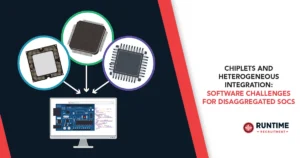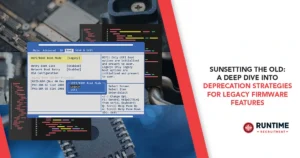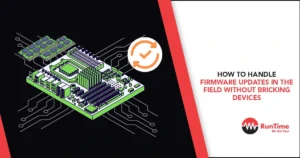
Chiplets and Heterogeneous Integration: Software Challenges for Disaggregated SoCs
The relentless march of Moore’s Law, while not entirely stalled, is certainly encountering significant headwinds. As Dennard scaling falters and

The relentless march of Moore’s Law, while not entirely stalled, is certainly encountering significant headwinds. As Dennard scaling falters and

Embedded systems are the unsung heroes of our modern world, silently powering everything from medical devices and industrial machinery to

In the world of embedded systems, firmware design is becoming increasingly complex. With the proliferation of connected devices, the Internet

Firmware updates are an essential part of maintaining and improving embedded systems, especially in the era of the Internet of

Introduction In the world of embedded systems, Printed Circuit Board (PCB) design is a critical aspect that can significantly impact

Designing firmware for low-latency applications presents a unique set of challenges that require innovative solutions to meet the stringent performance

Introduction In the world of embedded systems and electronics design, the schematic is the blueprint that defines how a circuit

Introduction Data acquisition and processing are fundamental tasks in embedded systems, enabling devices to interact with the physical world and

Introduction Embedded systems are at the heart of countless modern devices, from consumer electronics to industrial automation and automotive systems.

Introduction The Internet of Things (IoT) has revolutionized the way we interact with technology, enabling seamless connectivity between devices and